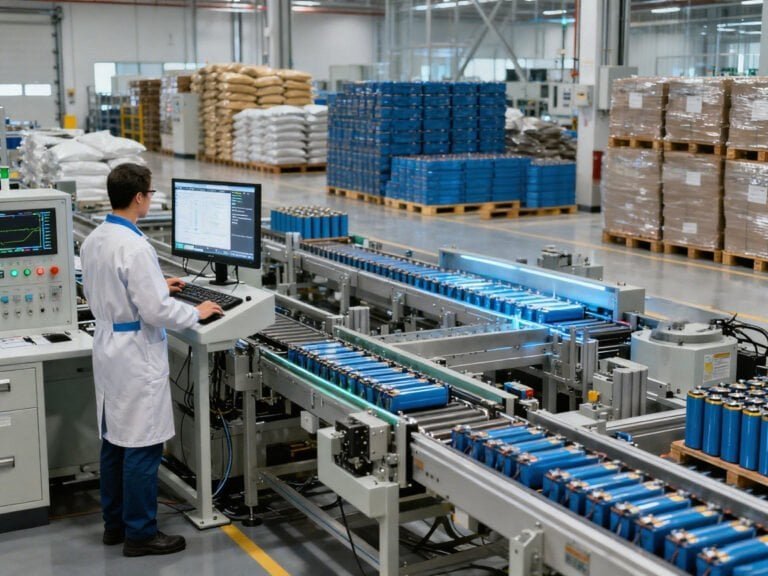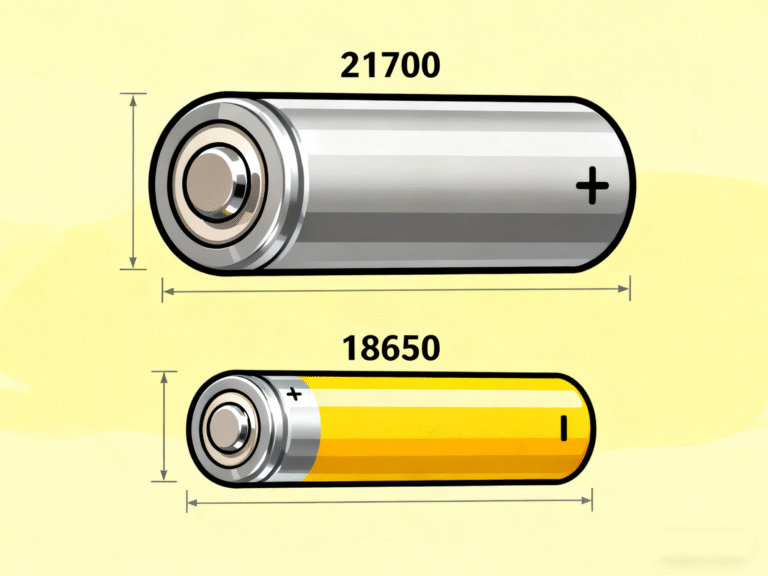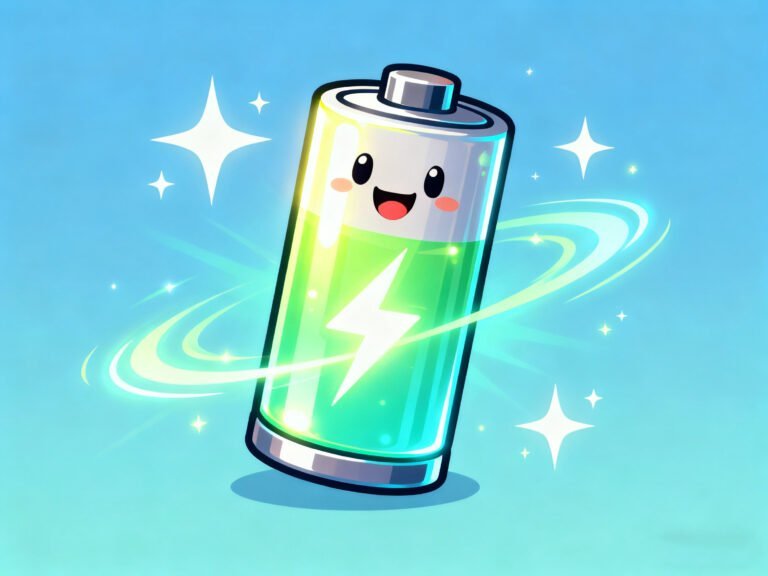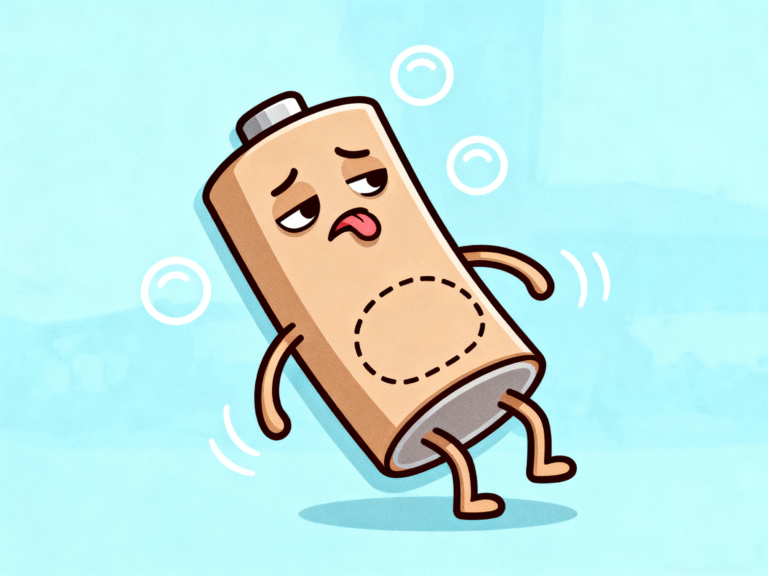Under the guidance of China’s strategic and national policies, China will vigorously support the rapid development of emerging industries. According to the data, China’s new energy vehicle industry has increased significantly since 2012. The output increased from 12500 vehicles in 2012 to 1220700 vehicles in 2018, with a compound growth rate of 114%.
With the retirement period of power batteries loaded from 2012 to 2014 approaching, 2018 is considered the first year of the trend of power battery retirement by the industry. However, the recovery of power batteries in the market has not reached a “small peak”, and some batteries have not been effectively recycled. According to the statistics of GGII, the total scrap volume of power batteries in 2018 reached 74000 tons, and the total scrap volume of digital batteries reached 167000 tons.
However, at present, the recovery of power batteries in the market is far lower than expected. In 2018, the recovery of power batteries in the market was 5472 tons, accounting for only 7.4% of the total amount of scrapped power batteries; The recycling volume of digital batteries is 106300 tons, accounting for about 63.6% of the total scrap volume. Compared with the whole lithium battery scrap market, the recycling volume is still not expected to meet.
At present, the recycling quantity of lithium batteries in China is far lower than the total scrap quantity, mainly due to the following aspects:
1) Domestic lithium battery recycling channels, systems and systems are not perfect, and most waste batteries, especially digital batteries, have not been recycled;
2) Lithium battery recycling laws, regulations and supervision need to be improved. Although the recycling subject is clear, it has not been strictly implemented;
3) Due to technical secrets or unclear economic benefits, some manufacturers do not recycle waste batteries;
4) For the batteries that need to be scrapped after reaching the theoretical service life, due to the cost problem, the car enterprises have not been scrapped and are still circulating in the market, resulting in the actual total scrapped quantity being far lower than the theoretical scrapped quantity, which leads to the reduction of the recycling quantity.
At present, the field of lithium battery recycling is mainly divided into two aspects:
1) The batteries that meet the energy attenuation degree shall be used in echelon (for energy storage or low-speed electric vehicles), such as lithium iron phosphate batteries and ternary material batteries;
2) Disassemble batteries without echelon utilization value and recycle nickel, cobalt, manganese, lithium and other materials, such as digital batteries and some ternary materials. GGII research shows that among the total power battery recycling in 2018, 2460 tons of batteries were used for echelon utilization, and the total amount of batteries recycled and disassembled was 109300 tons. In the field of battery recycling, especially in the field of power battery recycling, the scale of echelon utilization is far lower than that of recycling and disassembly.
The reasons for the above situation mainly include the following aspects:
1) The responsibility system of battery manufacturers is not clear, which makes some scrapped power batteries flow into the market again;
2) Some power batteries were handled in advance due to other reasons and did not flow into the market;
3) Due to the cost problem of car enterprises, some power batteries that are really decommissioned are still running in the market and have not been decommissioned;
4) In the past, the scrapped amount of power batteries was small, and it was difficult to match the old batteries;
In the next few years, China’s lithium battery recycling market will have the following development trends:
1) At this stage, the recycling method of lithium batteries will still focus on disassembly and recycling, and digital batteries will still be the main body of battery recycling;
2) After 2020-2022, with the approaching of the final scrapping life of power batteries, the recovery of power batteries will usher in a “peak”, and the proportion of market recovery will exceed 20%;
3) With the acceleration of 5g commercialization and the retirement of a large number of lead-acid batteries, the recycled power batteries will usher in rapid growth in the field of echelon utilization in the future, and the market can be expected;
4) At this stage, the relevant supporting policies and battery recycling mode are not perfect, and the output growth rate of China’s lithium battery recycling industry is limited. In the future, with the gradual implementation of relevant policies of various national departments and the increase of ancillary value of terminal products, some enterprises will usher in large profit space.
Pre:Misunderstanding about lithium battery discharge







